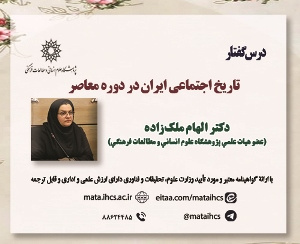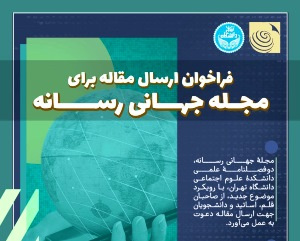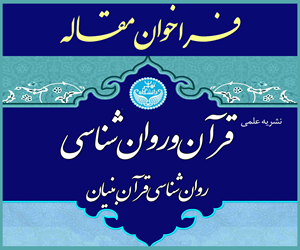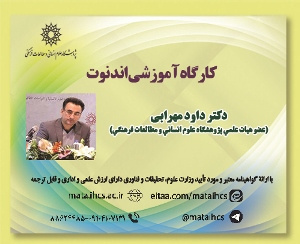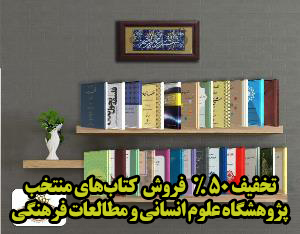سیر تطور طریقت نعمت اللهی از آغاز پیدایی تا پایان روزگار قاجار
آرشیو
چکیده
طریقت شاه نعمت اللهی از نحله های تصوف و عرفان است که بنیان گذار آن سید نورالدین نعمت الله معروف به «شاه نعمت الله» با گرایش های شیعی و معاصر عصر تیموری است. سلسله نعمت اللهی در دوره های مختلف تاریخی پس از تأسیس، فراز و نشیب هایی را پشت سر گذاشته و از سلسله هایی است که هم اکنون در ایران دارای پیروان است و به فعالیت خود ادامه می دهد. باید اذعان نمود که به بررسی تاریخی این سلسله و به ویژه سیر تعامل وتقابل این سلسله با دو نهاد مذهب و حکومت و همچنین جغرافیای مکانی و انسانی آن، میزان استقبال عمومی و تأثیر گذاری آن در فرهنگ عمومی آنچنان که لازم بوده پرداخته نشده است و بیشتر این پژوهش ها تحت تأثیر نوعی جبهه گیری درباره عقاید این سلسله رنگ باخته و جایگاه آزاد نگرانه خود را دست داده اند. در این پژوهش سعی شده به موارد فوق الذکر بدون جبهه گیری درباره عقاید این سلسله پرداخته شود. در این پژوهش تلاش می شود سیر تاریخی این سلسله عرفانی شیعی از آغاز تا پایان عصر قاجار پی جویی و تحلیل شود و شناسایی بزرگان این طریقت و تاثیر تاریخی آنها بر تاریخ تصوف و عرفان ایران در دوره های متاخر رسالت دیگر این نوشتار می باشد.The historical course of Nematollahi way from the beginning to the end of Qajar era
The path of Shah Nematollahi is one of the branches of Sufism and mysticism, the founder of which is Seyyed Nooruddin Nematullah known as "Shah Nematullah" with Shiite and contemporary tendencies of the Timurid era. The Nematollahi dynasty has gone through ups and downs in different historical periods after its establishment and is one of the dynasties that now has followers in Iran and continues its activities. It should be acknowledged that the historical study of this dynasty and especially the interaction and interaction of this dynasty with the two institutions of religion and government, as well as its spatial and human geography, the extent of public acceptance and its impact on public culture have not been addressed as needed. Under the influence of a kind of confrontation about the ideas of this dynasty, these researches have faded and lost their liberal status. In this research, an attempt has been made to address the above-mentioned issues without taking sides on the beliefs of this series. In this research, an attempt is made to trace and analyze the historical course of this Shiite mystical dynasty from the beginning to the end of the Qajar era, and identifying the greats of this sect and their historical impact on the history of Sufism and mysticism in Iran in later periods is another mission of this article.
